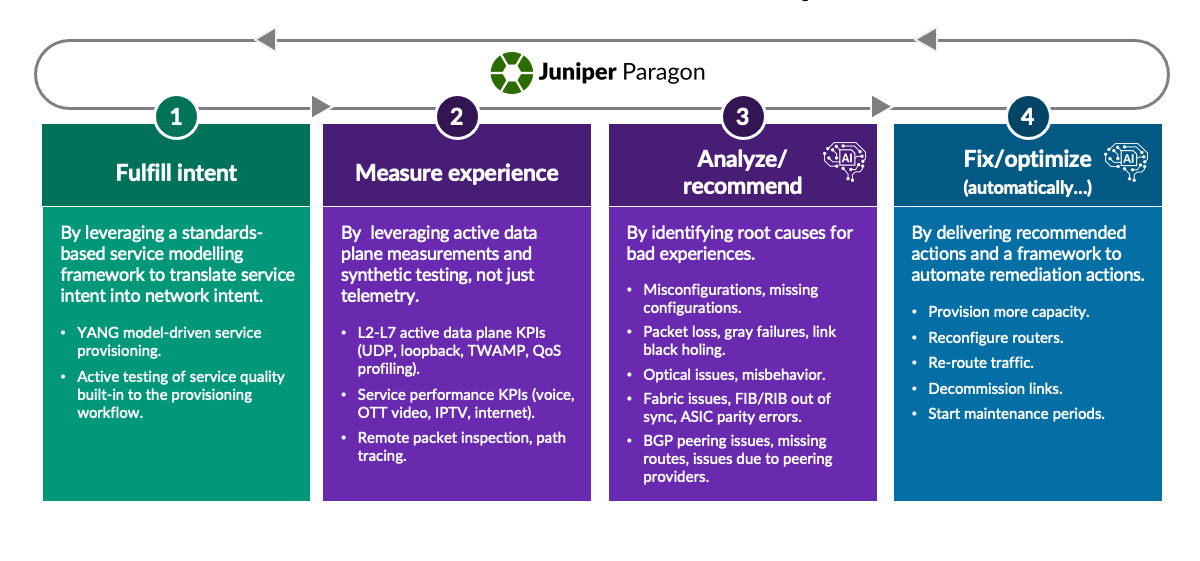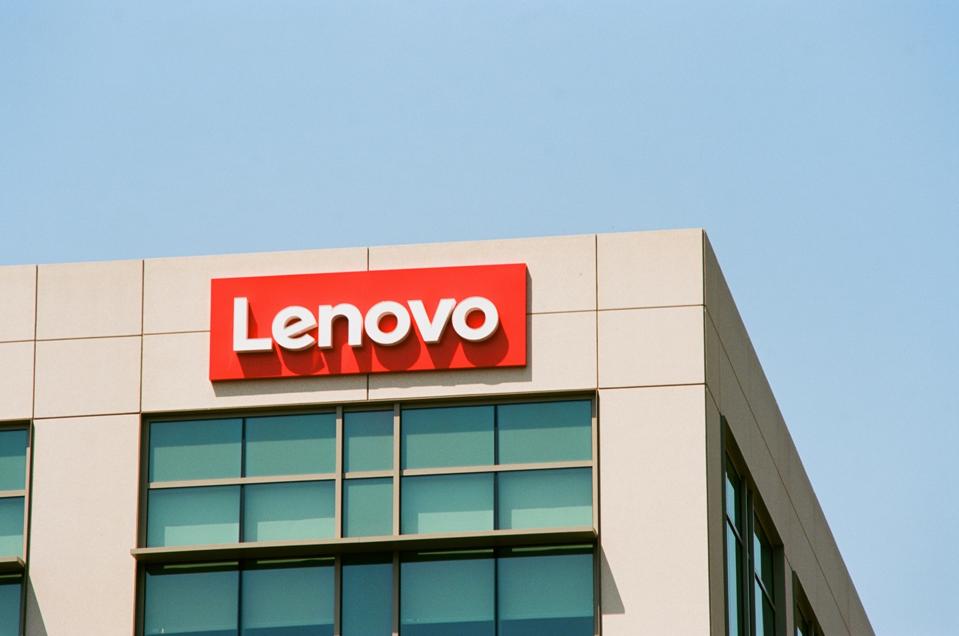Cisco announced that it’s completed its acquisition of Splunk, positioning Cisco as one of the world’s largest software companies, with the resulting organization promising to bring a new level of visibility and insights across organizations’ entire digital landscapes.
Integrating Cisco’s network prowess with Splunk’s leading security and observability solutions aims to provide a unified, real-time view of digital operations, enhancing the ability to proactively defend against threats, prevent outages, and improve network experiences.
Key benefits of this acquisition promise to deliver:
- Enhanced Security: Offering a comprehensive security solution that leverages cloud, network, and endpoint traffic for unmatched visibility and threat management.
- Advanced Observability: Delivering full-stack observability for superior digital experiences across multi-cloud hybrid environments.
- Improved Networking: Providing secure networking solutions on an intelligent, resilient, and optimized network infrastructure.
- AI Enablement: Empowering organizations to harness AI securely throughout their operations and applications, backed by Cisco’s networking portfolio and Splunk’s data platform.
- Economic Efficiency: Cisco and Splunk’s platform approach aims to consolidate numerous point products, driving better business outcomes at reduced costs.
The collaboration also extends to the global developer and partner communities, offering extensive experience in extending security, observability, and data platform capabilities. This ecosystem is expected to generate new revenue opportunities through high-value services and innovative AI-powered solutions.
Customers can expect new product innovations stemming from the integration of Splunk, with more details to be revealed at upcoming events such as Cisco Live and .conf24 in 2024.
The transaction, valued at approximately $28 billion, is forecasted to positively impact Cisco’s cash flow, gross margin, and non-GAAP EPS in the coming fiscal years, accelerating revenue growth and margin expansion. Following the acquisition, Splunk’s common stock has ceased trading on NASDAQ.
Analysis
Despite the inevitable disruption in the market as Cisco absorbs Splunk and rationalizes their joint portfolios, the acquisition is a strong one for the technology giant. The acquisition of Splunk positions Cisco to elevate its status in the competitive landscape overnight.
The most immediate impact will be in the cybersecurity space, where Cisco stands to gain a pivotal advantage by acquiring the leading security analytics platform in the current market, along with its loyal customer base.
The acquisition will add Splunk’s robust data platform to Cisco’s security portfolio, enabling organizations to transition from threat detection and response to threat prediction and prevention. The merger will address data and security challenges and leverage Generative AI to provide visibility into data and exploit AI opportunities.
Cisco also gains an observability platform that could fit nicely into its portfolio. The future could be clearer here, as Cisco has a strong portfolio of full-stack observability that competes with Splunk’s offerings across many dimensions. Cisco’s messaging of the acquisition leans heavily into the security aspects of the deal, which only serves to fuel the uncertainty.
Rationalizing each company’s offerings into a coherent portfolio will be among Cisco’s more formidable challenges, one that will open the door to competitive losses while that’s ongoing. I’m hopeful that Cisco will quickly navigate this issue, but the risk is real.
The bottom line is that acquiring Splunk is a great long-term play for Cisco. The deal directly supports Cisco’s ongoing business transformation, refocusing the company on software and subscriptions. The acquisition of Splunk will only accelerate Cisco’s efforts here. It’s a good acquisition for Cisco, but its ability to navigate customer uncertainty will be paramount.





